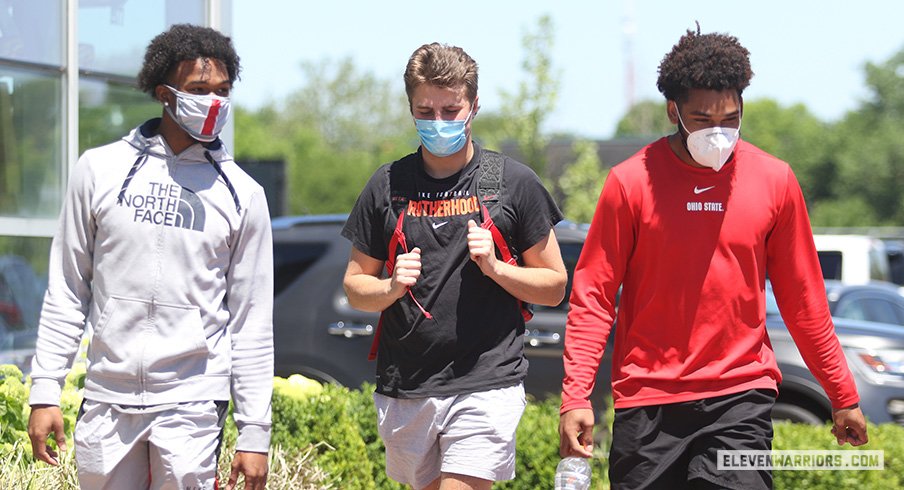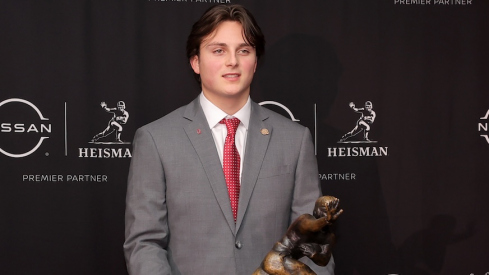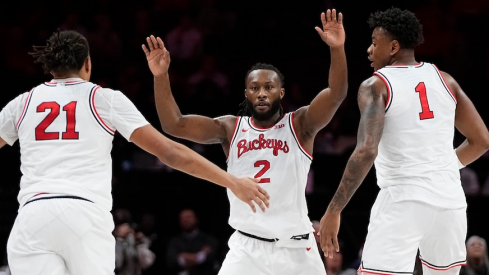News about the novel coronavirus changes daily based on new information and patterns of spread. Specifically, as the college football preseason looms in the not-so-distant future, the implications of COVID-19 for university athletic programs yield many questions and many more uncertainties.
Recently, the NCAA’s Division I Council took a big step by approving a six-week plan for a modified preseason schedule which adds a two-week ramp-up period prior to the standard four-week camp. This model allows for an on-time start to the CFB season based on its current purported schedule.
There are myriad of conjectures regarding how this season will look. Experts within college athletics have discussed possibilities ranging from no season at all (the horror) to a completely normal season with full stands, and everything in between. There is no formula to predict how the virus will behave in the coming months, and therefore the only pragmatic way for teams to prepare is to have several contingency plans ready to execute.
The situation will be fluid, as it has been for all of society since the start of the pandemic. The theme of this season will be flexibility – flexibility within college football as a whole, and flexibility within individual teams. Second and third-string backups will need to be ready to perform at the drop of a hat, more than any season before. If a starter tests positive for COVID-19, he won’t play that week. If 20 athletes test positive in a game week, 20 athletes won’t play. This is a burden added on to, not in place of, the standard injury burden incurred in a typical season.
In the last two weeks, dozens of football players at LSU, Clemson, and other schools were reported to have tested positive for COVID-19 and are taking proper precautions by isolating and contact tracing. This news took the wind out of the proverbial sails of football fans leading into preseason conditioning. For a dose of optimism, college athletes in general are a young, healthy population relative to the public. When college athletes test positive for COVID-19, they are typically asymptomatic or have very mild symptoms of a viral illness. They are usually well-equipped to fight off the infection physically unscathed.
The testing programs in place for major college football organizations will allow for quick isolation and contact testing of virus carriers, which will help limit transmission to more vulnerable populations. Further, and theoretically, if large clusters of student-athletes contract COVID-19 during training camp and successfully recover, this could bode well for immunity lasting through the rest of the season. However, this is merely theoretical; it’s yet unknown if individuals who have had COVID-19 once are immune to re-infection.
If football athletes are regularly tested for COVID-19, how frequent should the testing be? Daily testing would be optimal from an infection control perspective, but not practical from a cost perspective. There may only be a handful of programs that could afford testing at this scale. If University A has the resources to test athletes twice per week, while University B only has enough resources for monthly testing, what is the cross-contamination risk for unidentified virus carriers when team A plays team B in a game?
Of course, football is a physical contact sport. There’s more transmission risk playing football than there would be in a grocery store setting with the same number of people. While coronavirus is not transmissible through sweat, it is highly infectious via respiratory droplets. If an infected athlete wipes his nose or mouth between plays, he now has coronavirus on his hands which will contact another athlete. Every time an athlete takes out his mouthguard, traces of the virus from his saliva will be on his hands. Hence, any time an athlete tests positive for COVID-19, even if he is asymptomatic, he will need to be isolated from play.
Likewise, the potential psychological impact of the coronavirus pandemic on athletes this season cannot be understated. They will be in a unique predicament of needing to prepare for every prospective outcome each week while paying heed to the possibility of testing positive on game day. This scenario would be analogous to spraining an ankle or pulling a hamstring during warmups and suddenly needing to sit the next one to three games.
Student-athletes will not be in a “bubble,” like the one outlined for the NBA in Orlando. It’s not feasible to have a football season without college students returning to classes on campus. It’s one challenge to monitor 130 players and staff, but another to throw 40,000 undergrads into the mix passing each other on the way to classes.
The course of the 2020 college football season will be unpredictable and punctuated with challenges. Infectious disease science will permeate athletics more than ever before. Nonetheless, as a population, we are adaptable. It’s extraordinary how much we have learned in just the last few months about viral epidemiology related to the novel coronavirus.
Ohio State plans for an August 25th start to the fall semester, with guidance from the university’s COVID-19 Transition Task Force. University protocols are in place to promote a safe campus environment. Student-athletes were provided the “Buckeye Pledge,” an informational document to help educate them on CDC guidelines for social distancing and other infection control methods. With the help of expert counsel and learned preparedness, I am confident in the prospect of having a football season this year, albeit potentially unusual.
Dr. Aloiya Earl is a sports medicine physician in Dayton. After a writing hiatus while completing her residency at Ohio State and fellowship at the University of Alabama, she has rejoined Eleven Warriors as a medical columnist. She’ll be writing informational articles about injuries, recovery, the implications of COVID-19 on college athletics, and various other sports medicine & sports science topics.


